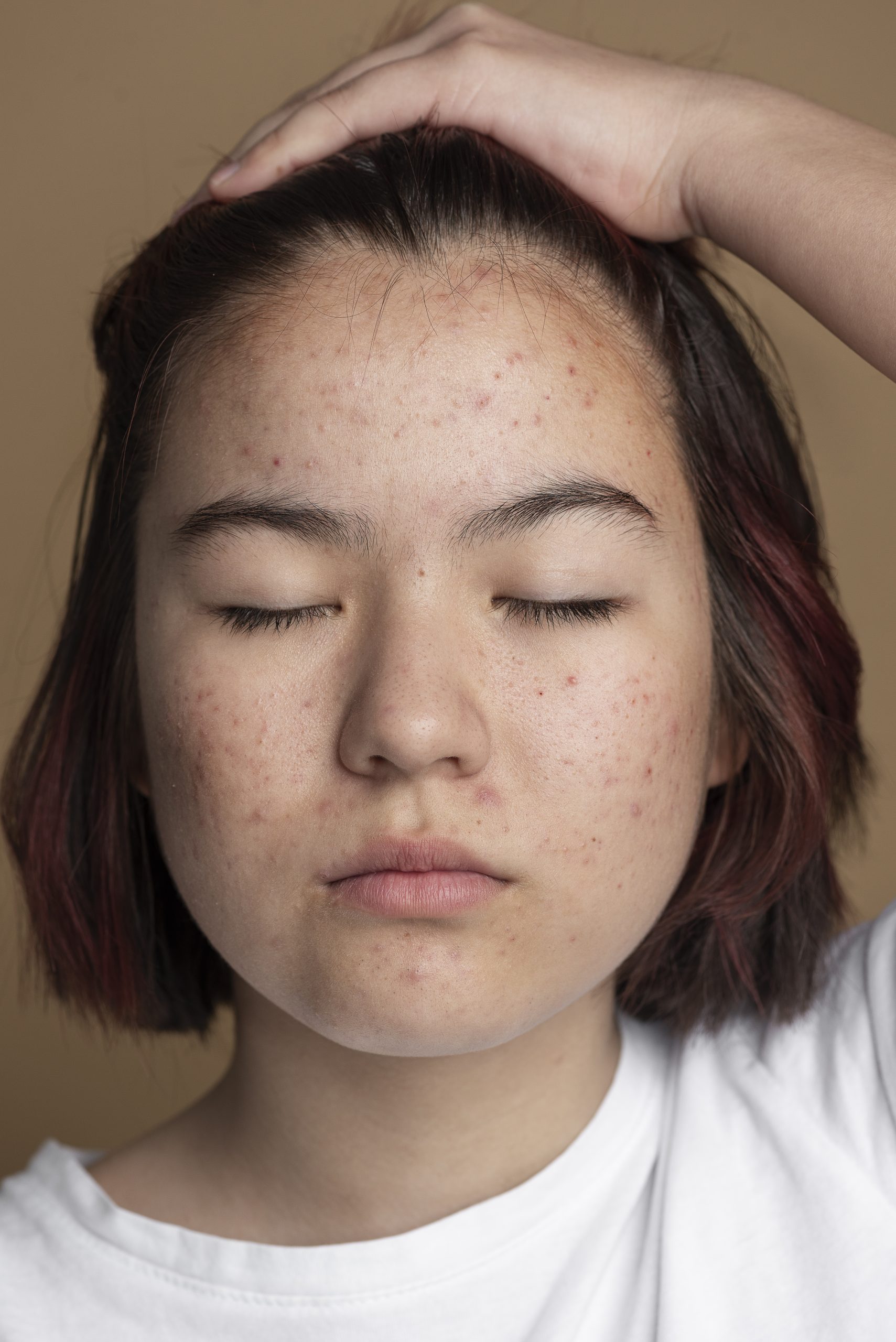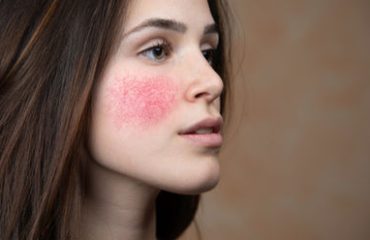Pus-filled bumps that resemble acne can be indicative of several skin conditions. Here are some common conditions that present with such symptoms:
- Acne Vulgaris: This is the most common type of acne, characterized by whiteheads, blackheads, papules, pustules (pus-filled bumps), nodules, and cysts. Pustules are inflamed lesions filled with pus that appear as red bumps with a white or yellow center.
- Folliculitis: Folliculitis is an inflammation of the hair follicles, often caused by bacterial or fungal infections. It can resemble acne, with red or white pus-filled bumps around hair follicles. Folliculitis can occur anywhere on the body but is commonly found on the face, scalp, chest, back, and buttocks.
- Impetigo: Impetigo is a highly contagious bacterial skin infection commonly caused by Staphylococcus aureus or Streptococcus pyogenes bacteria. It often affects children but can occur in people of any age. Impetigo typically starts as red sores that rupture and ooze fluid, forming honey-colored crusts.
- Furuncles (Boils) and Carbuncles: Furuncles, commonly known as boils, are deep-seated infections of the hair follicles or oil glands. They appear as large, painful, pus-filled bumps that may develop a head and drain spontaneously or require medical intervention. Carbuncles are clusters of furuncles interconnected under the skin and are often larger and more severe.
- Hidradenitis Suppurativa: Hidradenitis suppurativa is a chronic skin condition characterized by recurrent, painful, inflamed lesions typically occurring in areas with apocrine sweat glands, such as the armpits, groin, buttocks, and under the breasts. These lesions can resemble acne but are often deeper and may form abscesses or tunnels under the skin.
- Rosacea: In addition to the characteristic redness and flushing, some forms of rosacea can present with inflammatory papules and pustules that resemble acne. These lesions often occur on the central face, including the cheeks, nose, forehead, and chin.
If you have concerns about pus-filled bumps on your skin, it’s essential to consult a dermatologist for an accurate diagnosis and appropriate treatment. Treatment options may include topical or oral medications, antibiotics, antifungal agents, or surgical intervention, depending on the underlying cause and severity of the condition.




